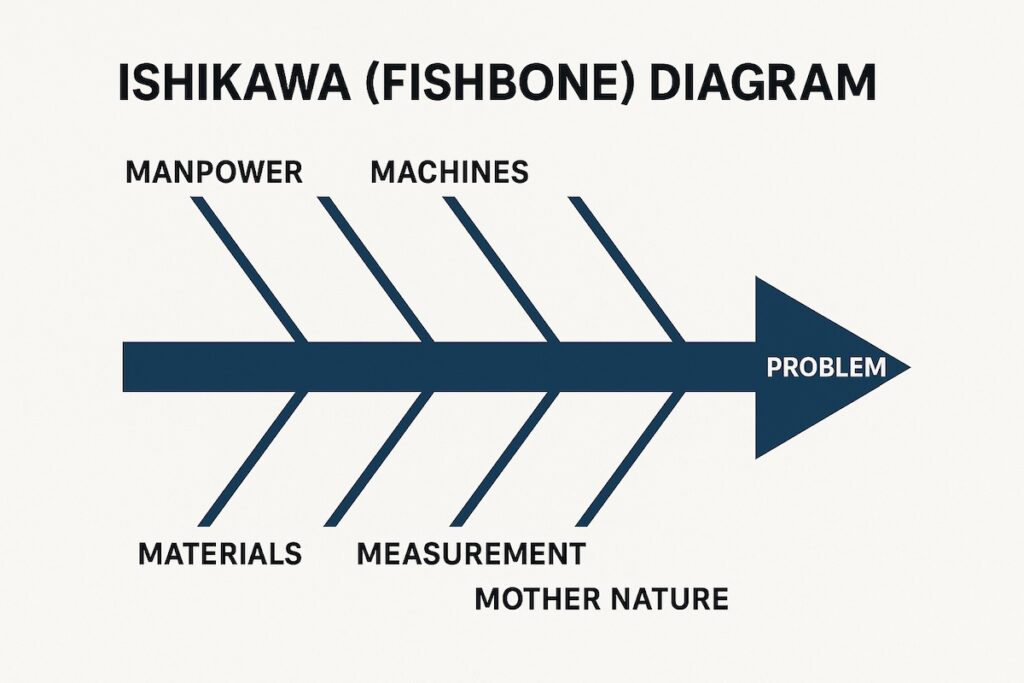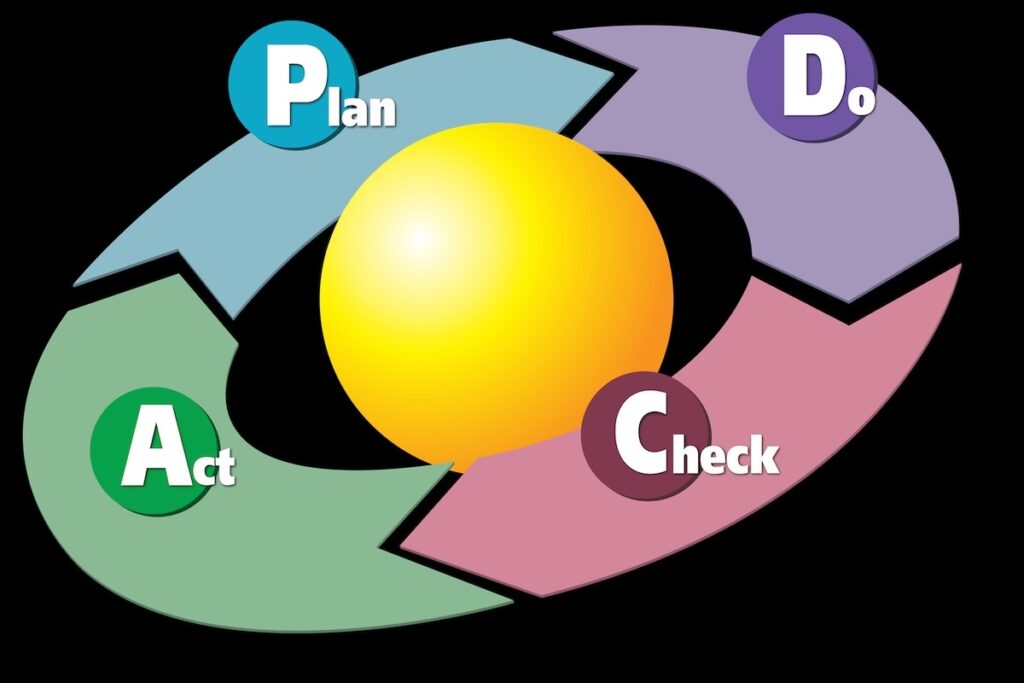In government and mission-critical projects, we can’t afford to treat quality as an abstract ideal. Every deviation from requirements has measurable impacts—on budget, on schedule, on public trust.
The Cost of Quality (CoQ) framework allows project leaders to translate quality into hard numbers, making it easier to justify investments, evaluate trade-offs, and prioritize actions. In my own experience, CoQ is one of the most persuasive tools we have when stakeholders are asking, “Do we really need to spend this much on quality?”
Understanding the CoQ Framework
CoQ breaks quality costs into four categories:
- Prevention Costs – Investments to avoid defects (training, process improvements, early reviews).
- Appraisal Costs – Activities that measure and monitor quality (inspections, testing, audits).
- Internal Failure Costs – Costs of defects found before delivery (rework, scrap, schedule delays).
- External Failure Costs – Costs of defects found after delivery (warranty claims, operational failures, legal liabilities, reputation damage).
The first two are costs of conformance. The last two are costs of non-conformance. The objective is to shift resources toward prevention and appraisal, because defects caught earlier cost dramatically less to fix.
Why CoQ Matters in Strategic Projects
In a high-stakes environment—such as a defense software rollout or a critical infrastructure upgrade—failure is not just expensive; it’s unacceptable. CoQ analysis gives decision-makers visibility into the true lifecycle cost of quality, enabling them to make informed trade-offs.
Without it, quality discussions often degrade into vague debates over “good enough” versus “overengineering.”
Example 1 – Data Center Upgrade for a Government Agency
A few years ago, I managed a project to upgrade a federal agency’s data center cooling systems. Initial planning suggested skipping a full-scale prototype to save $250,000 in prevention costs. CoQ analysis showed that a system failure post-installation could trigger over $4 million in downtime costs and emergency contractor call-outs—not to mention political fallout.
We invested in the prototype. Testing revealed a design flaw in the airflow management system that would have reduced cooling efficiency by 15%. Fixing it early cost us $40,000. Fixing it after deployment would have been a PR and operational nightmare.
Example 2 – Secure Communications Platform
In another project—a secure communications platform for first responders—stakeholders pushed to cut back on penetration testing to save two weeks in schedule. Our CoQ model projected that a single exploitable vulnerability could lead to $10–15 million in breach remediation and incident response, plus the immeasurable cost of compromised emergency communications.
That projection alone was enough to secure funding and time for full testing. It delayed launch by 10 days—but the launch was secure, stable, and incident-free.
Implementing CoQ in Your Projects
- Collect Historical Data – Use past project metrics to estimate the cost of defects at different stages.
- Engage Finance Early – CoQ works best when cost data is validated by your financial team.
- Link to Risk Management – Integrate CoQ estimates with your risk register to quantify risk impacts.
- Review and Adjust – Track actual defect costs against CoQ estimates to improve accuracy over time.
Strategic Payoff
When presented well, CoQ transforms quality from a “soft” conversation into a quantifiable, boardroom-level decision. Leaders respond differently when you say, “This inspection costs $50,000” versus “Skipping it risks $2 million in rework and penalties.”
In my field, we often say: What gets measured gets managed. CoQ ensures that quality gets measured in the same currency as every other critical decision—dollars.




